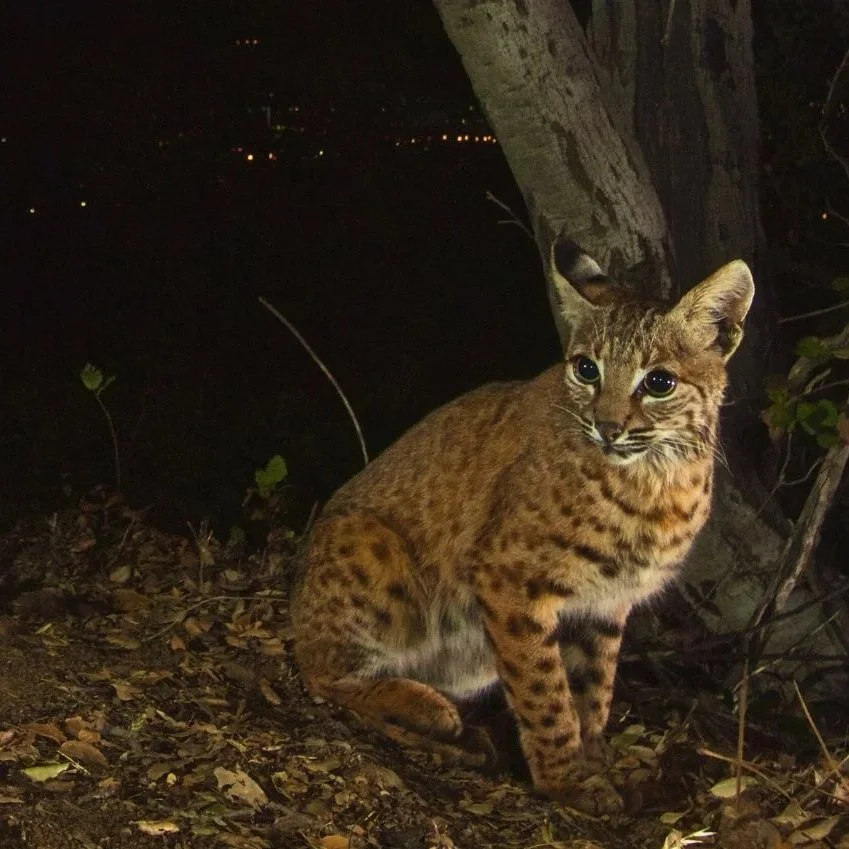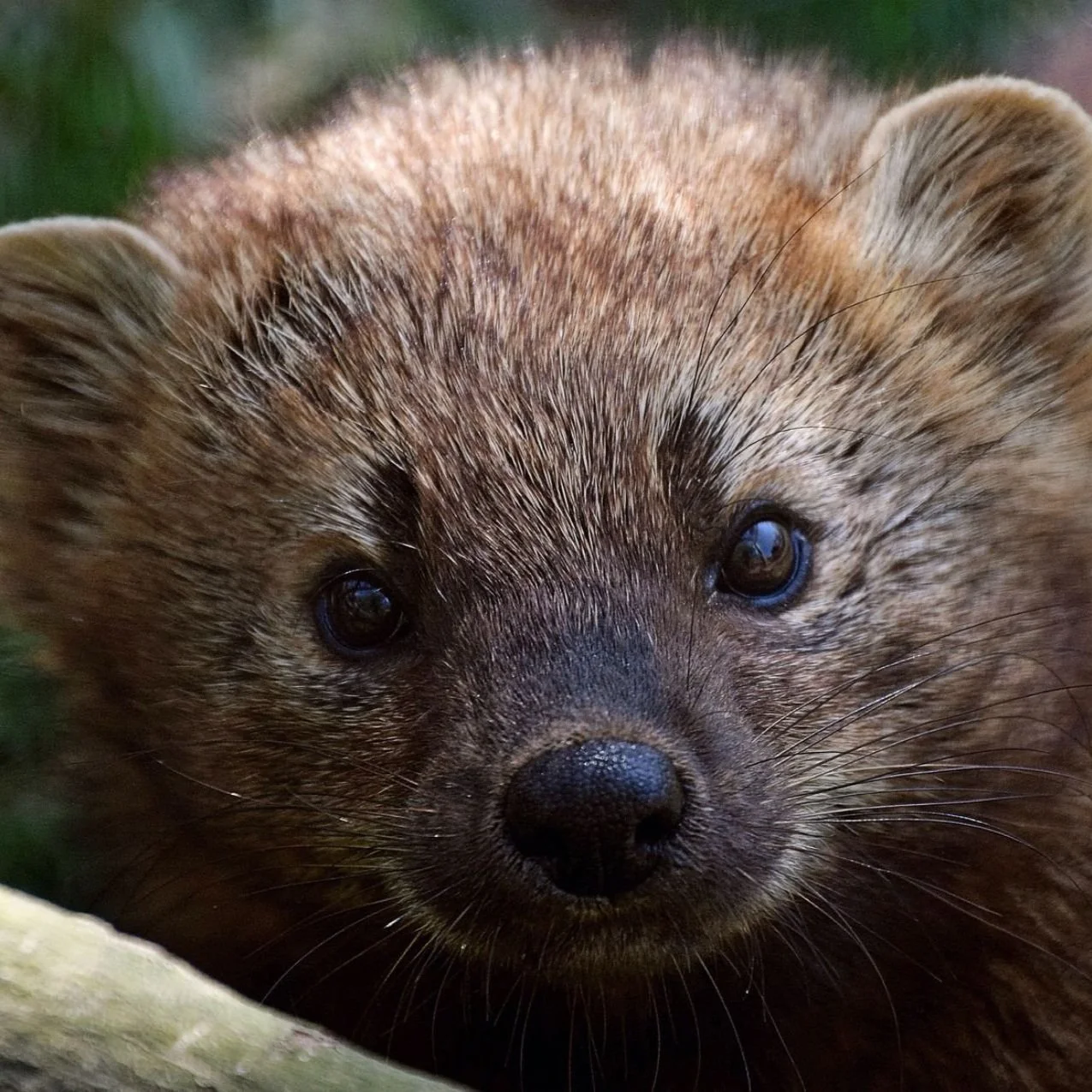5 birdsongs to keep an ear out for on your next spring hike in the Potomac region
/Whether melodic, mysterious, or unmistakable, these calls are music to the ears of Potomac birders. We spoke with our resident bird expert to learn some handy tips about how to identify our local feathered friends by sound and sight.
Eastern bluebird singing in rock creek park. photo by Diane Krauthamer, CC BY-NC-SA 2.0.
The bluebells and spring beauties are popping up, the temperature is slowly warming, and folks are spending more time savoring the outdoors. If you ask us, one of the sweetest signs of spring is the return of morning birdsongs.
Gaining familiarity with common calls heard along the Potomac’s shores can deepen your appreciation for our region’s astounding biodiversity, adding a dimension of sonic splendor to your next camping trip, bike ride, or stroll in the park!
Zach Slavin, Potomac Conservancy’s Director of Institutional Giving
Potomac Conservancy’s Director of Institutional Giving, Zach Slavin, also doubles as our resident bird expert — as the former President of the DC Bird Alliance, he has a wealth of knowledge about what species to keep an ear out for in our area!
We asked Zach to share some tips on common spring singers and how to identify them.
Put your ears to the test!
Click the play button to hear a sample song from each featured bird, then tap the arrow over the preview image to reveal its singer.
-
It’s the Veery!
Fun fact: This petite, tawny thrush might not be the flashiest resident of the Potomac River region, but many have considered its song enchanting... including writer, conservationist, and Silver Spring resident Rachel Carson!
Where to find them: The Potomac River region contains both breeding and migratory terrain for this tawny, petite thrush. Veeries are fond of forested terrain and are most active in the twilight hours of dawn and dusk. Birders spot them around the DC metro area fairly regularly, though their neutral-toned feathers can make them a challenge to observe in more heavily-wooded terrain further out in the Potomac watershed.
How to spot them: When walking in your local forest this spring, keep an ear out for rustling in the leaf litter, as veeries forage for insects and berries on the ground. If you hear their melodious song or short call, scan the tops of trees and work your way downward, looking out for their light-colored belly feathers.
-
It’s the Red-tailed hawk!
Fun fact: When you think of ‘the sound of nature,’ you might believe what you’re conjuring is an eagle’s raspy cry. But you might be surprised to learn the real source of that iconic call. According to Zach, "Red-tailed hawks have a distinctive call that’s often used for bald eaglecalls in movies, so you’ve almost certainly heard them before even if you haven’t seen them.”
Where to find them: If you’ve spotted any bird of prey in our area, there’s a decent chance it was this large, ruddy species: They’re one of the most ubiquitous hawks in North America, and a year-round resident of the Potomac region. “These are incredible birds that can survive in rural, suburban, and urban landscapes,” Zach told us. “You can catch them soaring just about anywhere, or perched in trees that overlook open areas, deep in the forest, and even peering down from the tops of buildings and streetlights along highways.”
How to spot them: Whether you see or hear them, red-tailed hawks are hard to miss: “Visually, they’re relatively large, stocky, broad-chested hawks with relatively short tails. Adults sport a distinctive rusty red tail, but it takes three years for hawks to reach maturity and you need the right light to see it. The most useful field mark after the tail is their belly band, a series of dark markings that wraps around their abdomen like a belt and contrasts with their white chest and lower belly.”
And if you hear that iconic cry? “Keep your eyes up. You never know when you’ll spot one soaring overhead.”
-
It’s the Hooded merganser
Fun fact: Members of the duck family can have some pretty remarkable “hairdos,” and the Hooded merganser is no exception. Though these little birds with distinctive silhouettes spend much of their time on the water, they nest in tree cavities (another reason to protect our riparian buffers!). Baby mergansers waste no time in the nest, venturing out with their mom within a day of hatching. text goes here
Where to find them: Mergansers can be found in streams and ponds around our region, finding our climate favorable enough to skip migrating. Spots like Huntley Meadows Park and Mason Neck State Park offer the perfect blend of tranquil waters, shoreline vegetation, and food sources for water birds.
How to spot them: Diving birds often gather in mixed-species flocks, so seek out large groups and look for the unmissable bristled crest (black and white on males, light brown on females). They’re speedy divers and flyers, so stay focused!
-
It’s the Eastern bluebird!
Fun fact: The “bluebird of happiness” has been a sign of spring for hundreds of years, with records from early U.S. colonizers showing their association between the birds and the return of favorable weather.
Eastern bluebirds are another conservation success story: The cherished species experienced steep population decline in the mid-20th century due to competition with invasive starlings and sparrows, but they bounced back thanks to public protection efforts.
Where to find them: Even if we associate them with warmer days, Eastern bluebirds can be found in the Potomac region throughout the year. Bluebirds favor open, grassy spaces like meadows and even sports fields over dense woodlands, making them an easy observation for suburban birders.
How to spot them: Thanks to their vibrant plumage, this beloved thrush isn’t tough to spy. Look for them on power lines, at nesting boxes, and in the trees. You might also catch them zipping between the ground and lower branches while hunting.
-
It’s the Carolina chickadee!
Fun fact: Chickadees are known for their gregarious personalities. Zach recounted, “They’re quite reactive and will often respond to pishing,” or making noises that sound like generic bird calls – a practice he says to use sparingly, as it can cause stress. “During the spring breeding season, they’ll often fly very close to investigate the sources of intriguing sound. I’ve had them land within a few feet of me to check me out.”
Where to find them: Carolina chickadees are fairly common residents of the DC metro area and can be found across much of the Potomac region year-round. They prefer habitats with plenty of trees and can often be spotted at the edges of forests or along trails.
How to spot them: Chickadees are a great species for beginner birders to learn. As Zach told us, “Chickadees can be hard to spot, as they’re often foraging high up in the outer branches of mature trees, but they call frequently. One of their most frequent calls is the classic chick-a-dee-dee-dee, which is relatively easy to distinguish. This is a common alarm call, with the number of dee-s representing the severity of the perceived threat. The more dee-s, the greater the concern.”
Finding the harmony in our local habitat
An astonishing variety of bird species call the Potomac's lands and waters home, making our region a rewarding one for outdoor enthusiasts and birdsong appreciators. As many native species face struggles related to the climate crisis, efforts to fortify streamside forests and keep our waters clean make a difference for our local feathered friends. Together, we can keep the Potomac’s spring symphony ringing sweetly for generations to come.



















